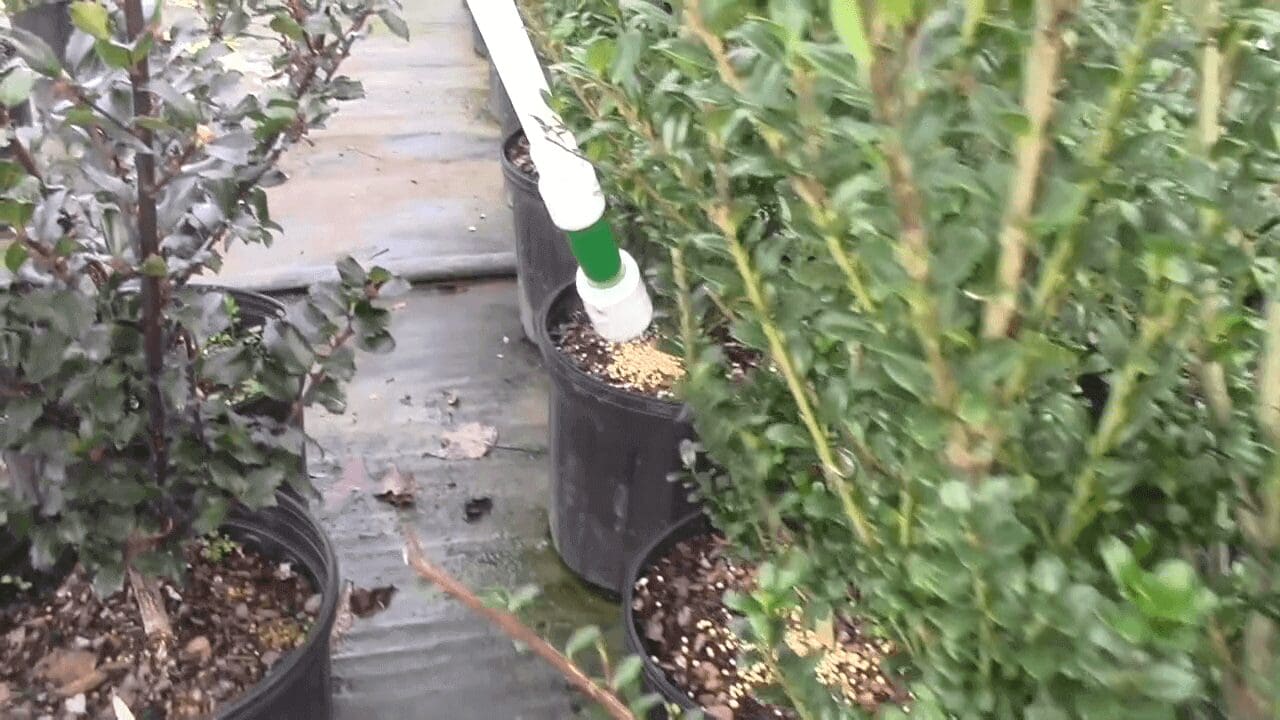

Why Should a Controlled Released Fertilizer Be Used?
Controlled released fertilizers have several advantages. They help to streamline nutrient management related to frequent uses of WSFs. CRFs can be used to increase the efficiency of nutrients. CRFs can also improve the performance of your crops.
CRFs supply nutrients for quite a while as well as the entire production cycle with greenhouse crops. Before planting, all you have to do is apply your fertilizer prills to the mix. All of the irrigation is done with tap water, and no water-soluble equipment is necessary. Because nutrients are released slowly all throughout the season and remain in the substrate after the plants have developed enough roots to absorb the CRFs, fewer nutrients are lost in the leachates.
CRFs can increase the efficiency of your fertilizer including absorbing and applying nutrients and reduce the loss of nutrients into the environment. Studies have shown that plants that are grown with CRFs do better in your landscaping than plants grown with fertilizer that is water-soluble.
Longevity of Your Fertilizer
CRF longevity refers to the amount of time it takes for all of the nutrients to leave the prills at any given temperature. The temperature is typically around 70 degrees Fahrenheit, although some companies use 82 degrees Fahrenheit. The coating and thickness help to determine the longevity of the prills. The prills will release more nutrients if the coating is very thick.
Be sure to check your bag of controlled released fertilizer for the temperature that was last used to determine the longevity of the product. If the substrate temperature where the prills are located is higher than what’s indicated on the bag, the nutrients will be released much quicker. The nutrients will be released more slowly if the temperature is lower. Some of the most common longevities include 3-4 months, 5-6 months, 8-9 months, and 12-14 months. In sum, coatings will be thicker due to increased longevities.
Farmers and growers should be advised that adjusting the rates of application for CRFs is essential when you’re using different longevities of the product. Using extended longevities of CRFs require more applications, but will help to achieve maximum plant growth.
